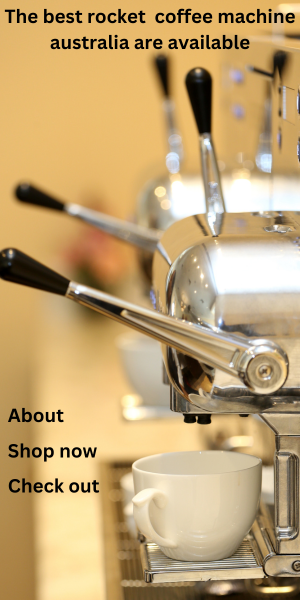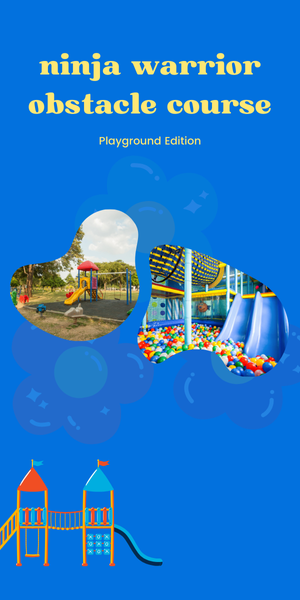Leisure is more than idle time; it is often the space where imagination awakens. A simple act of arranging corten garden edging can inspire a sense of structure and artistry in design. Experimenting with weathering steel garden edging might prompt reflections on transformation and the beauty of natural change. Opening Pokémon card packs rekindles the thrill of discovery and collection that fuels creative curiosity. Even painting or assembling D&D figurines becomes a portal into storytelling, craftsmanship, and visual expression. In these small, personal worlds, creativity quietly begins to unfold.
Creativity often hides in plain sight, waiting for moments of freedom to reveal itself. Many assume inspiration strikes suddenly or that only certain professions hold the key to imagination, yet creativity is a cultivated state of mind. When people engage in hobbies without the pressure of performance or productivity, they open mental space for exploration. Leisure allows the mind to wander. Whether tending to a garden, sketching, or building intricate models, the relaxed rhythm of play encourages divergent thinking and connection between seemingly unrelated ideas.

The science behind creativity supports this relationship between relaxation and innovation. Neuroscientists describe how the brain’s default mode network, active during rest, becomes fertile ground for idea generation. When focus shifts from external demands to internal reflection, unexpected associations form. This is why moments of inspiration often occur during walks, showers, or casual play. Leisure creates the conditions where the subconscious can reorder experiences, allowing imagination to bloom naturally rather than by force.
Hobbies also foster creativity through tactile experience. Activities that involve the hands connect thought with motion. This sensory engagement strengthens cognitive flexibility and problem-solving abilities. The act of making, whether digital or physical, embodies creative thinking in motion. A person who sculpts or crafts begins to understand composition, proportion, and persistence; qualities transferable to artistic, professional, or personal innovation.
Equally, leisure cultivates curiosity. When individuals collect, customise, or explore, they practice questioning, observing, and experimenting; the same skills that drive invention. The childlike excitement of trying something new reignites openness to possibilities. Through hobbies, adults often rediscover this playful curiosity that structured life tends to suppress. Reading fantasy novels, experimenting with photography, or brewing coffee at home may seem unrelated to creativity, yet each nurtures imagination by expanding sensory and emotional experiences.
Social aspects of leisure further deepen creative potential. Joining a tabletop game night, attending a pottery class, or engaging in an online creative community builds collaboration and shared inspiration. Exposure to diverse perspectives often challenges assumptions and sparks hybrid ideas. Many creative breakthroughs arise not from solitary genius but from dialogue, where one person’s hobby intersects with another’s expertise. Shared leisure thus becomes a network of innovation.
There is also the restorative side of leisure, where creativity is nurtured through rest. Modern culture often glorifies busyness, leaving little room for reflection. Yet downtime replenishes attention and restores mental energy, both vital for originality. When people step back from constant output, their minds gain the elasticity needed to generate fresh ideas. A walk through a park, time spent gardening, or simply enjoying music can act as quiet workshops for the imagination.
The relationship between leisure and creativity extends into emotional intelligence. Engaging in expressive hobbies allows people to process feelings and channel them into form, whether through writing, painting, or playing an instrument. These outlets enhance empathy and perception, both critical components of creative thought. Artistry often grows from understanding emotion, and leisure gives space for that understanding to mature without judgment or pressure.
Interestingly, the hobbies people choose often mirror their creative temperament. Those drawn to strategy games might think systematically and inventively in professional settings. Crafters who find satisfaction in small details tend to approach problems with patience and precision. Collectors, by contrast, develop an eye for patterns and meaning. Leisure acts as a mirror, revealing how individuals think, what inspires them, and how they interpret the world. Through this reflection, they refine their creative identity.
Incorporating hobbies into daily life does not require vast amounts of time. Even brief moments of mindful engagement can stimulate imagination. The key lies in consistency and presence rather than duration. When leisure is valued as an integral part of living rather than an afterthought, creativity becomes a continual process, quietly shaping thought and action alike.
Leisure also holds the power to balance logic and imagination. Technical or analytical minds often find freedom through creative hobbies that stretch perception in new directions. Conversely, artistic thinkers may find clarity through structured or strategic pastimes. This interplay strengthens cognitive diversity, the ability to switch between modes of reasoning, a hallmark of creative mastery. The architect who plays chess, the engineer who paints, or the musician who gardens each benefits from this mental cross-training.
In a broader sense, leisure restores a human rhythm lost in constant acceleration. By choosing to pause and create for pleasure, individuals resist the commodification of time. They reclaim imagination as a personal resource, not a marketable skill. This shift from consumption to creation rekindles a sense of purpose and autonomy. The result is not just art or innovation, but wholeness, a synthesis of work, play, and reflection that sustains both mental health and creative vitality.
Creativity, then, is not a rare gift but a renewable energy nurtured through leisure. It thrives in the quiet moments between tasks, in the hobbies that make life richer and more expressive. Whether through collecting, crafting, or storytelling, leisure reminds us that imagination is not separate from living; it is woven through it. When we engage the world playfully and curiously, we become co-creators of our own experience, shaping beauty, meaning, and innovation from the simplest acts of joy.





